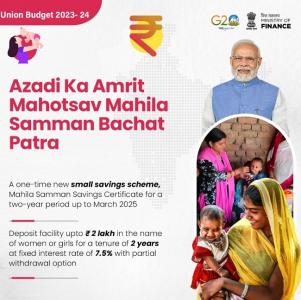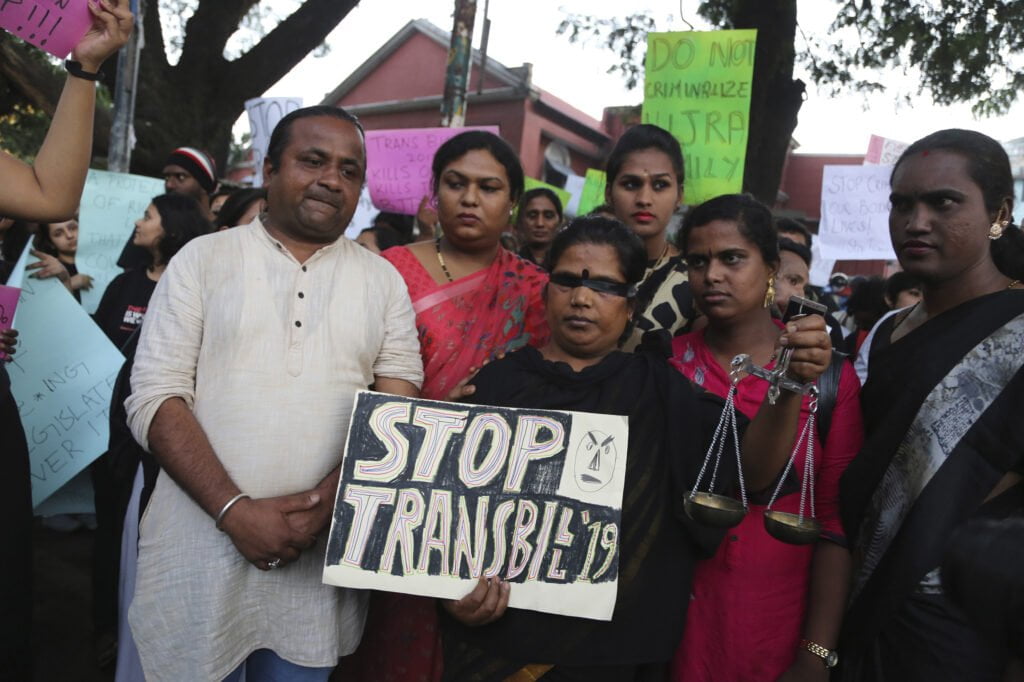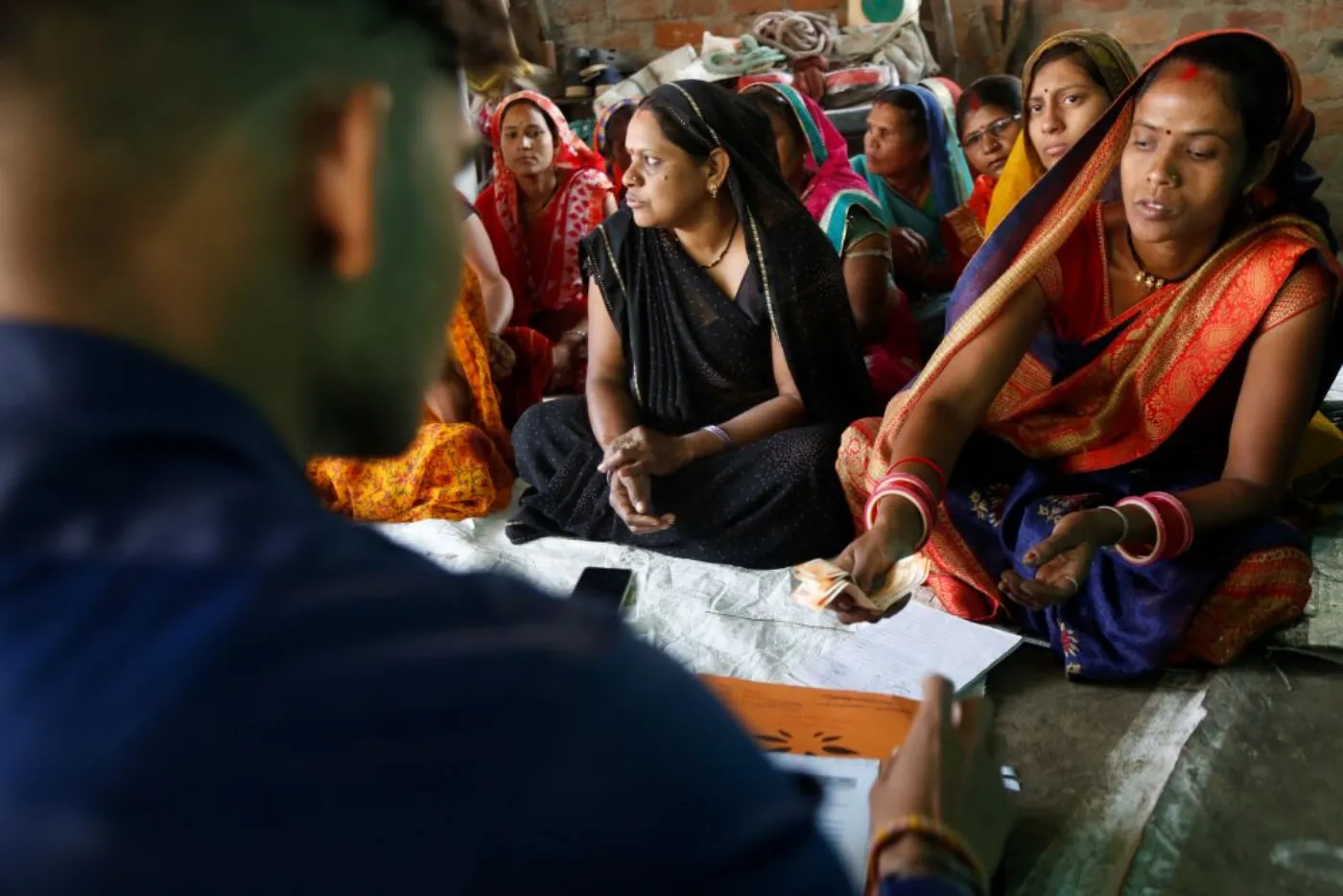On 1st February 2023, the Finance Minister of India, Nirmala Sithamraman, announced the Union Budget for 2023-2024. This announcement included the “Mahila Samman Savings Certificate,” (the “Women’s Respect Savings Certificate,”) which would give women- or those depositing funds under their name- the option to deposit up to two lakh rupees at a fixed interest rate of 7.5 per cent for two years.
As per the press release published on the official Government of India website on 18th April 2023, the Mahila Samman Savings Certificate account can be opened at the Post Office by any adult woman representing herself or any guardian representing a girl who is still a minor. There are, of course, finer points to this policy that include the fact that it can be a one-time deposit only, though it does allow for any sum to be deposited from one thousand to two lakh rupees, as long as it is in the multiple of hundreds.
The 7.5 per cent compounded interest promised by the Finance Minister is valid only if the money is kept in the account for the full term of two years. If the person who has opted to open the account decides to withdraw the entire sum after six months of depositing it, they will only receive a 5.5 per cent interest. However, the policy also offers the certificate holders the possibility to partially withdraw their funds up to 40 per cent of the principal amount after one year of the deposit. It is also important to note that the certificate holders can register nominees with the Post Office, which can be men.
Capitalism based problem solving
The first and most obvious barrier to this policy achieving a gender-just outcome is that it takes a capitalism-based problem-solving approach which turns a blind eye to the context of why women do not have access to financial independence.
Central to this policy is the assumption that the women who opt in to benefit from it will act like the “Economic Man.” This Eurocentric masculine assumption is one of the main pillars of Neoclassical Economics about people’s decision-making process assumes that they will make individual choices based on their selfish needs and wants. It assumes not only that having complete agency is a given and undeniable reality in every person’s life, but that every individual is by themself a unit of decision making as per the paper titled The Study of Economics: A Feminist Critique by Marianne A. Ferber. It does not account for the possibility of larger social and political contexts that play into the choices that people make- or as is often in the case of marginalised groups, the minimal choices that they end up having.
Women who do have agency over their money might end up losing it should they choose to go forward with investing through this policy and therefore might opt not to go for it.
In the context of the Mahila Samman Savings Certificate, this means that these assumptions translate to the beliefs that the women will have access to personal savings to deposit, they will be deciding whether or not to do this completely independently, and that once the money is withdrawn, they will have complete agency to use it and will do so by acting from a place of self-interest only.

These beliefs ignore the contextual reality of Indian familial units. On the one hand, men with access to family funds can very easily deposit money in women’s names and take benefits of this scheme by putting themselves as nominees on the forms.
On the other hand, women who do have agency over their money might end up losing it should they choose to go forward with investing through this policy and therefore might opt not to go for it.
Agency vs Financial Institutions
While there are a lot of reasons why women all over the world might choose to not keep their money with financial institutions, the 2016 Demonetisation ended up bringing to the forefront some of the incredibly dominant reasons.
Amongst these stood the fact that some women might be the sole breadwinners of the family and may choose to keep the exact amount they have a secret from their spouses so that the money can be used to fulfil the family’s needs of food, electricity, etc.
Another dominant reason could be victims of domestic violence and financial abuse hiding funds to be able to have a safety net. Both these reasons point towards the fact that for a lot of women, the choice to not hold their money in a financial institution is the choice to keep that money hidden away from the men in their lives. It is the fact that no one knows about that money which gives them any agency over it.
The impact that the disclosure of funds could have on the lives of these women is not just an academic theorisation but a reality that was exposed during Demonitisation when the women were forced to reveal their funds to their families since they needed to get their savings deposited in the bank before their money stopped being legal tender.
As Ghatwai reported in 2017, this revelation that women were holding money that their husbands did not know about led to an exponential rise in cases of domestic violence, with the nation’s first-ever One-Stop Crisis toll-free number receiving twelve hundred calls in November when Demonetisation was announced, as opposed to the five hundred calls that it had been receiving per month until that point. It is also important to note that even though the number jumped to more than double, it would still only be accessible to the victims who can access a phone in a safe space and are aware of such a helpline existing.
Another consequence highlighted in Ghatwai’s report is the fact that in the case of a lot of women, this led to a complete loss of any financial agency since the men not only took over control of the money that the women had now but threatened them in an attempt to make sure that they never hide any money from them ever again.
The need for intersectionality
Another obvious barrier this policy has that would prevent it from reaching a gender-just outcome is its complete lack of acknowledgement of intersectionality.
In 2021, The Institute for Economics Justice published “Intersectionality and Feminist Economics: a call for radical transformation,” which focused on how central the intersection lens is in Feminist Economics, therefore any policy that chooses to completely ignore it cannot possibly work towards being gender-just.

As reported by Bajoria for the Human Rights Watch in 2020, India’s unintentionally ironically named “Transgender Persons (Protection of Rights) Bill,” takes away the Supreme Court-granted right of trans people to self-identify and get their government-issued identity cards that correspond with their gender, which means that there are now excessive hurdles like psychological examination that a trans person must subject themselves to to access any policy.
In the particular context of the Mahila Samman Savings Certificate, this means that it will be tougher for trans women to access the policy if they have not yet been able to get the identity cards that specifically refer to them as ‘women.’
Other intersections that this policy fails to acknowledge are caste, the status and nature of employment, class, geographical location, and more. The fact that there is a one-time deposit option only means that women in low-income roles in the informal sector who do not have access to a lump sum in one go will not be able to get the kind of benefits that women with more economic privilege might- an option for a recurring deposit might have been more informed to their contexts.
The fact that it is ‘caste-blind,’ and ‘location-blind,’ also means that it ignores the fact that the barriers to accessing this policy faced by an upper-caste woman living in an urban area will not be the same as those faced by a lower-caste woman from a rural area- and therefore, it makes no efforts to make it more accessible to everyone.
Ultimately, these glaring gaps in acknowledging the context within which gender disparity manifests itself in the nation means that any assessment of this policy’s success based on how many accounts were opened under it will not be accurately able to reflect how many people it empowered because its definition of empowerment does not lend itself to creating a gender-just financial, social, and political environment.
About the author(s)
Khushi Bajaj (she/her) is an intersectional feminist and writer who holds an MSc in Media and Communications from the London School of Economics. Her work has previously been published by Penguin Random House, erbacce-press, Metro UK, Diva, Hindustan Times, and more. She is passionate about advocating for social justice and believing in the revolutionary capacity of kindness. She can be reached through email (khushi.bajaj1234@gmail.com).




